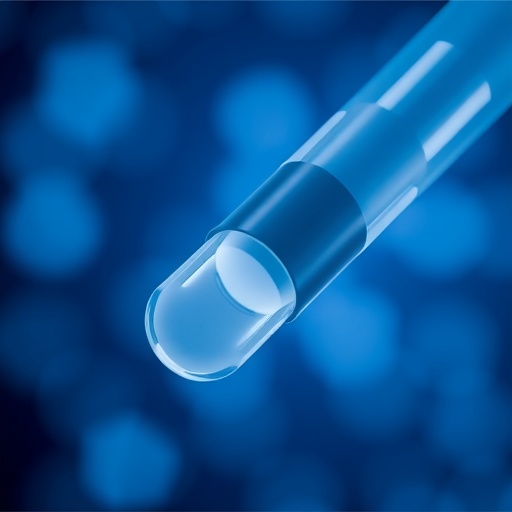
Credit: CSIC
A wide range of microorganisms, including fungi and phytopathogenic bacteria, are capable of emitting volatile compounds which boost plant growth and flowering, and in accumulating up reserves as demonstrated in a study led by scientific researchers at Navarra's Institute of Agro biotechnology, in northern Spain, which is a mixed centre shared between Spain's National Research Council (CSIC), the Public University of Navarra, and the Regional Government of Navarra.
The discovery could have applications in sustainably improving crop yields as an alternative to conventional agrochemicals and in encouraging the interaction between plants. In addition, it will help in reducing the number of strains of beneficial micro-organisms. The results appear in two articles in the magazines Plant Cell and Environment, and Plant Physiology.
"This study puts forward for the first time the 'bad little critters, beneficial workers' concept, according to which non-beneficial microorganisms constitute an untapped and favourable pool of bio-stimulants with a high biotechnological potential", explains Javier Pozueta, CSIC investigator at the Institute of Agro-biotechnology.
Furthermore, the articles gather the results from projects carried out into biochemical and molecular mechanisms involved in the 'positive' response in plants to volatile compounds emitted by microorganisms which, from an anthropocentric standpoint, are considered to be 'negative' or 'non-beneficial'.
Such studies demonstrate that microbial compounds have a positive effect on the capacity of a plant to convert CO2 from the air into biomass. The work is consistent with the idea that organisms are related to, or communicate with, themselves using 'info-chemicals', or messenger substances.
The findings constitute a valuable source of study given the growing demand for food which has arisen as a consequence of the increase in the world population as well as the progressive reduction in arable farmland.
###
The work has been a collaboration between researchers from the Haná Regional Centre for Biotechnological and Agricultural Research at the University of Palacký, in the Czech Republic. It falls under the i-LINK+ programme's international I-LINK 0939 project programme collaboration framework, and is funded by CSIC, to promote international scientific collaboration.
Media Contact
Abel Grau
[email protected]
0034-915-681-471
@CSIC
http://www.csic.es
############
Story Source: Materials provided by Scienmag




